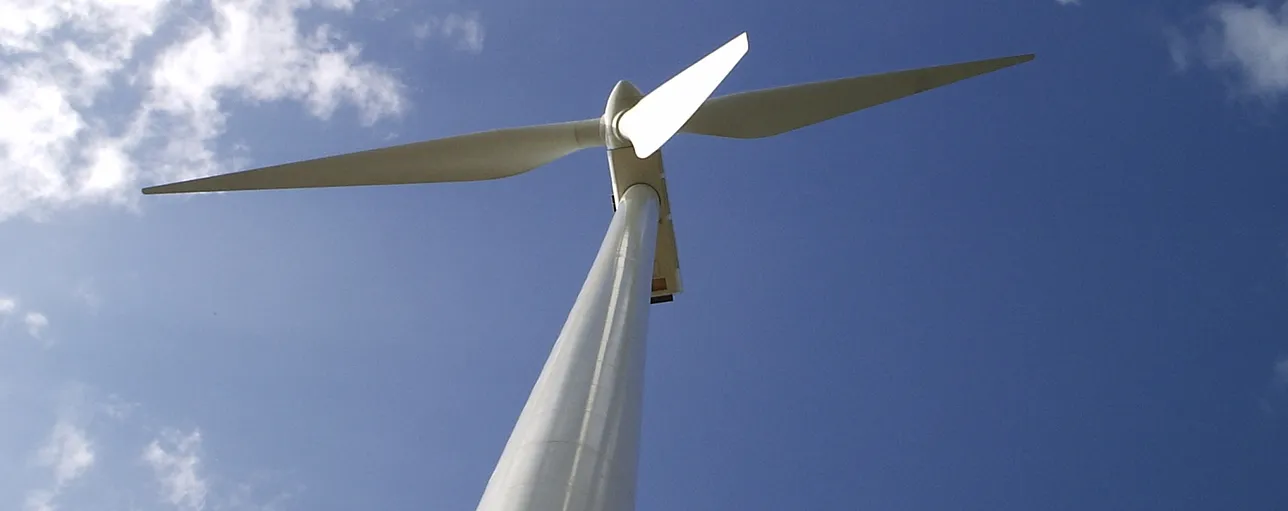For many years, we as an industry designed turbines to suit the wind conditions at a location. We varied rotor sizes and power ratings to make the best use of the structure and create Type Class 1, 2, 3, 4 variations on a standard platform. The aim was to ensure that each turbine was an optimal design for its application, because more material equalled more cost.
Recently, there has been a significant reduction in wind turbine costs. While there have been technical improvements, most notably in control system design, the reduction is principally due to production volumes. Wind turbines have gone into mass production, perhaps not on an automotive scale, but enough that supply chain numbers are helping drive down costs. The saving obtained by buying four times the components beats having an optimal model for four applications.
If you want a truck to cover 100,000 or a million kilometres per year or carry 20 or 30 tonnes per load, you don’t have to buy a specialist vehicle for each use. You just simply operate the vehicle for a shorter or longer time. Now we are seeing the same principles applied to wind turbines. Nacelle platforms are being designed with features which require more material, such as multiple attachment points to use different rotors. This adds extra mass but saves costs through the economy of scale. The variable to explore is the expected life and operating cost.
Selling life; zero-subsidy and net present value
The other recent shift is the move away from considering a wind turbine as an asset with a fixed life to assessing the turbine life based on its durability and the environment in which it operates. At first, this would only be considered once the turbines had passed the mid-point of its operation, when relative gains in residual value could be considerable. The phrase “residual value” is also an important change. Now the income to the wind farm is not a function of how much it costs to generate electricity, i.e. levelized cost of energy (LCoE). Instead, it is a question of what the market will pay and how much return can be made.
Investors are now asking “How long will this turbine last?” at the beginning of the project, even before the final investment decision has been made, and changes to later-life maintenance are factored into the value. With the concept of net present value comes a more dynamic view of the operational life.
Soon we will answer the question “How can I optimize the remaining life for the maximum return?”. There are ways to operate a turbine that could extend its life. For example, a turbine could be more optimal in a low wind speed site than on the site for which it was originally designed because the longer life leads to an increased energy yield. Of course, this all feeds back to design. We need to design turbines with a view to a robust and cost-effective life expectancy, accounting for the probability of a total return on investment. It is good to have new challenges.
